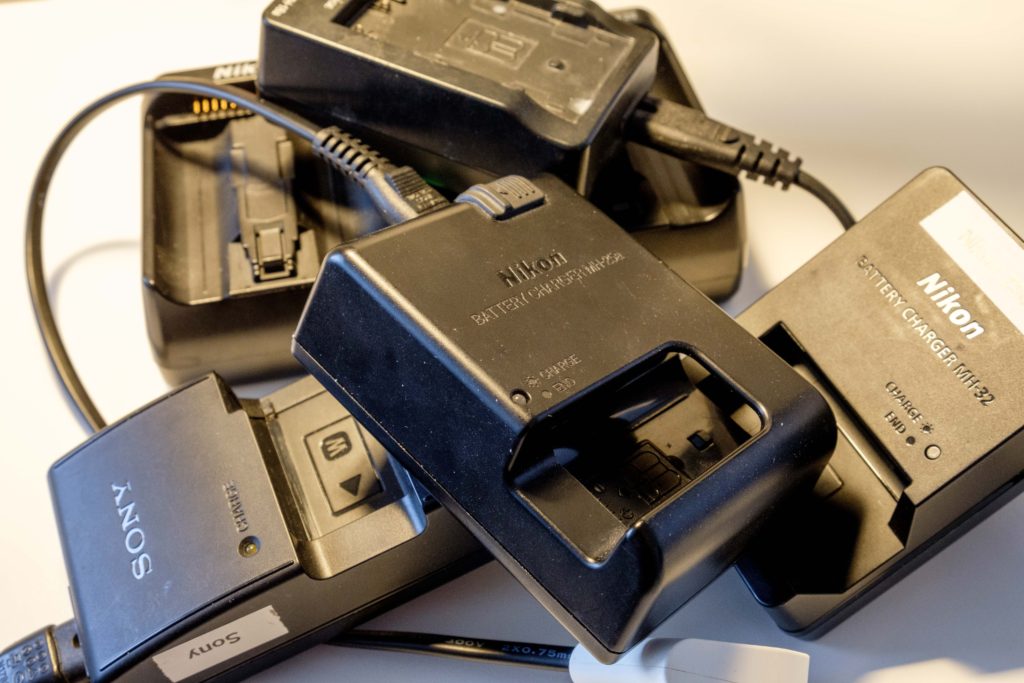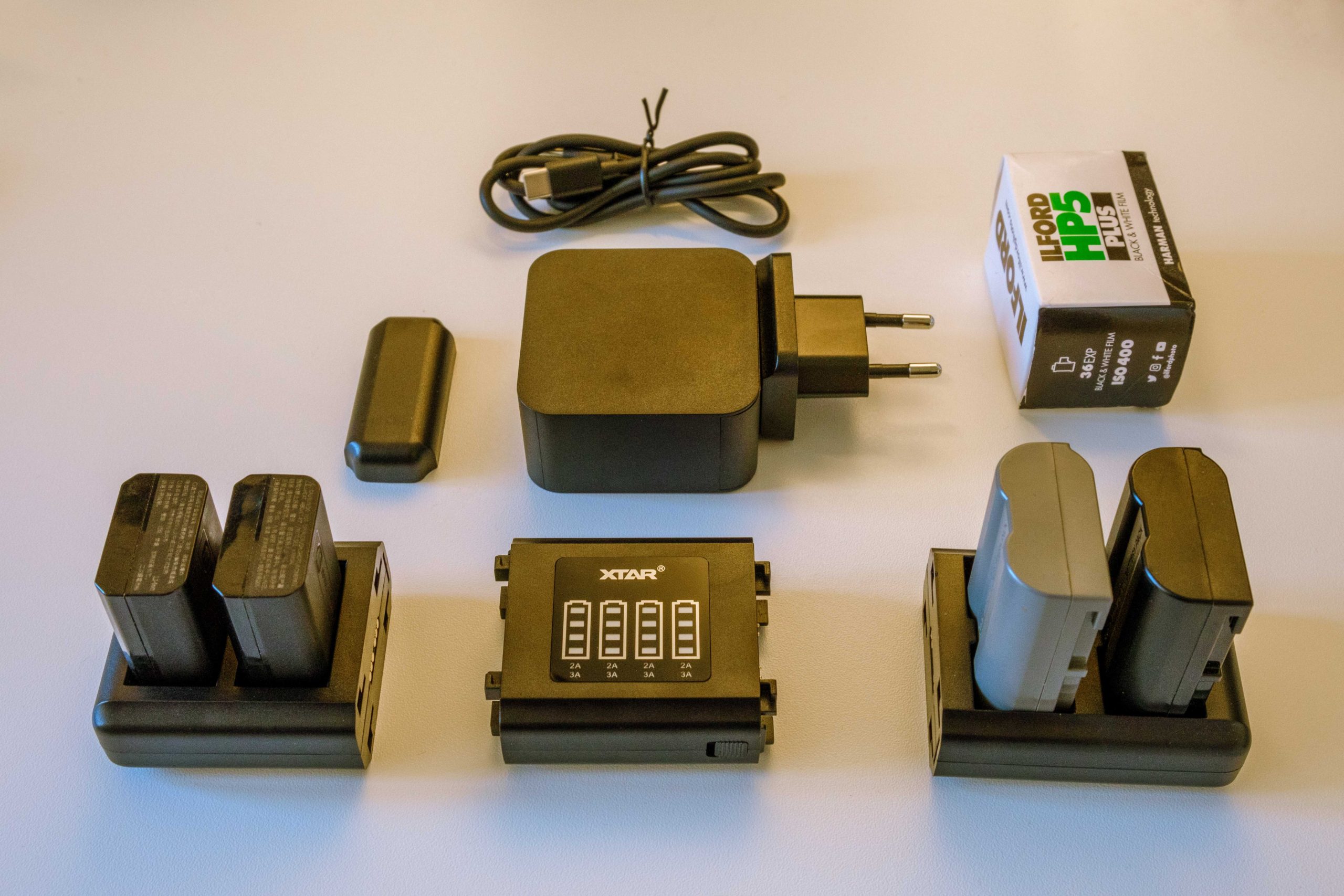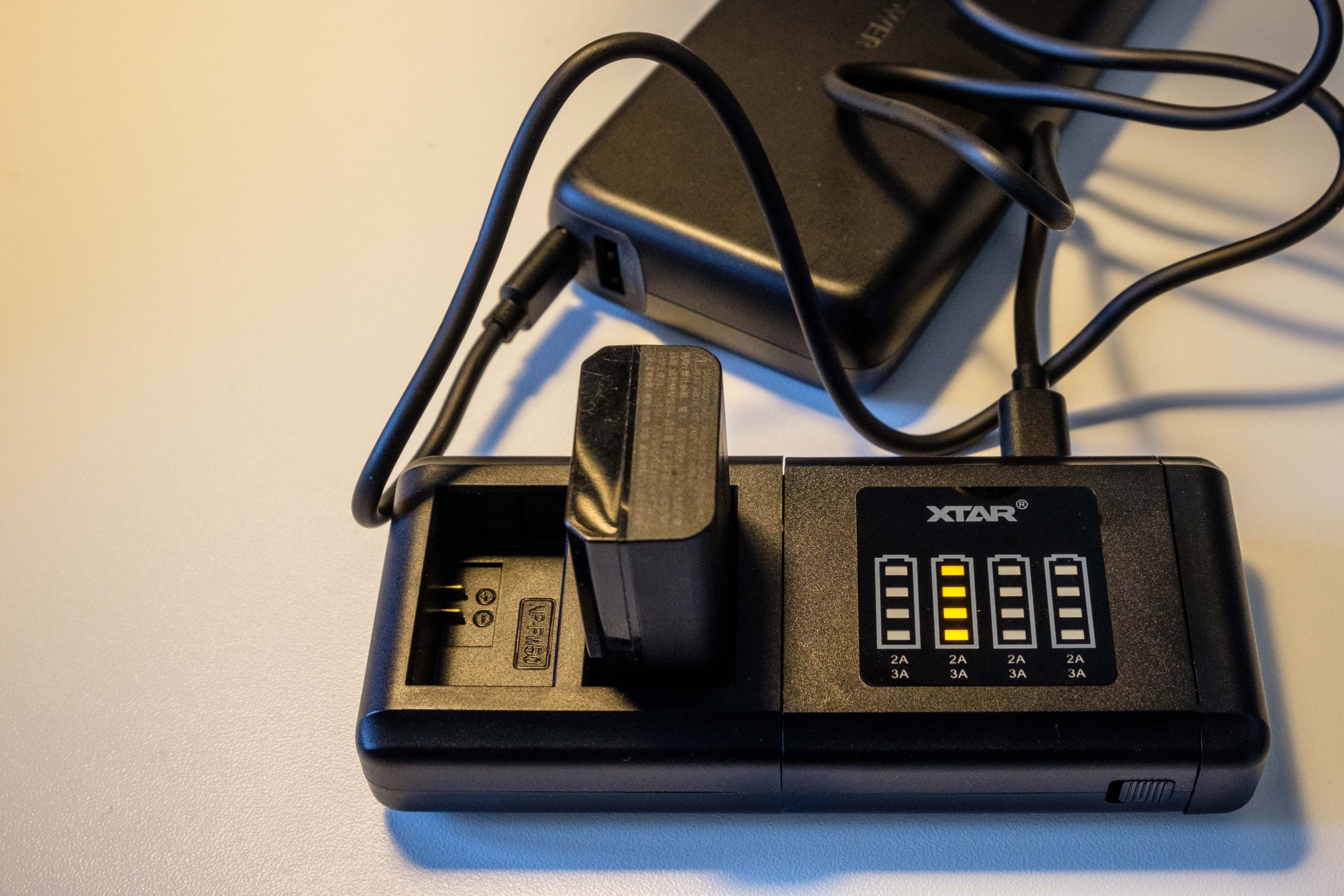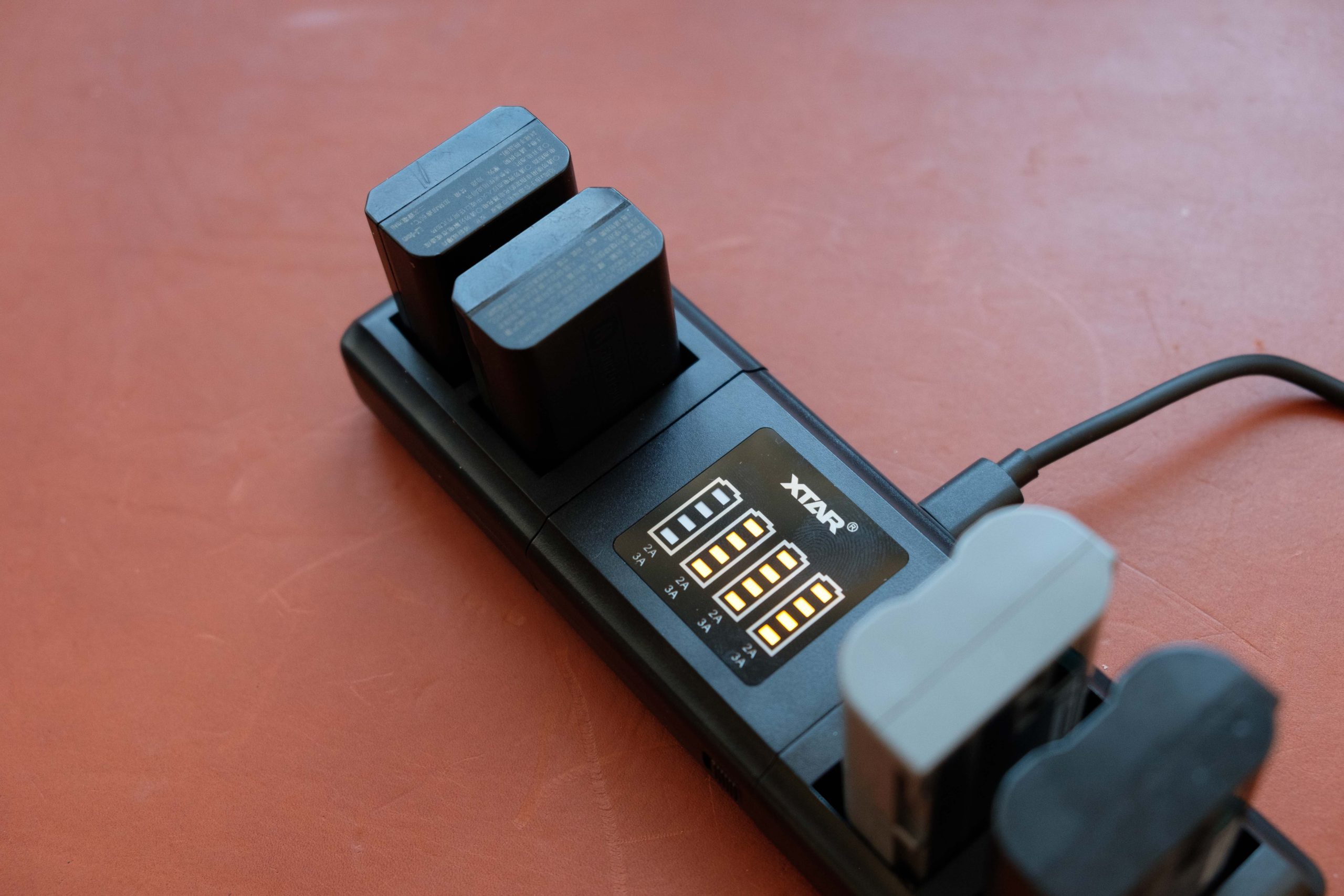I must admit that I did not know of the company XTAR until they reached out to me and asked me to review the XTAR Camera Battery Charger. Apparently XTAR was Founded in 2006 as an electronic technology company in Shenzhen that specializes in development and manufacture of Li-ion batteries, smart chargers, and LED flashlights. Always good to have a product from a true specialist, so I happily accepted to review the product.
I did not know the city Shenzhen either, but apparently the city is located in the Guangdong Province, China, and according to google is a modern metropolis that links Hong Kong to China’s mainland. The 600m tall skyscraper Ping An certainly gives the city skyline a distinctive look.
Chargers, chargers and chargers

If you like me have a few cameras, then you also know that each of them comes with a separate charger, and even if you stay with the same camera brand, they tend to change the battery type and format over time, as the batteries get more and more powerful (and the cameras more and more power demanding). So it is a mess. And you have to remember the right charger(s) for your camera(s) when you travel and it all takes up space in your backpack.
I believe EU is working on legislation to make USB-C the common standard for chargers, and I really welcome this initiative, but when you like to buy cameras that are a bit dated (like the Nikon D750), then short term this is not much help. This is where the charger from XTAR can help you out.
XTAR solution
The XTAR charger is named SN4 and is in the bottom center of the image below. This is the backbone in the solution. A bit like Lego, you can click different types of so called charger plates onto the SN4. Each charger plate takes 2 batteries of the same kind, and the SN4 can take either 1 or 2 charger plates.
In the example below I have disassembled the SN4 from the charger plates, so you have a charger plate that fits Sony batteries (NP-FW50) bottom left, and a charger plate for Nikon batteries (EN-EL15) bottom right.

The SN4 takes a USB-C cable as input (yay!) and can be charged via the power supply from XTAR, named C45IC. It will give you a whopping 45 watts (!). In the image above it is show in the middle, just below the USB cable in the top.

You don’t necessarily need the charger – you can use any USB-C capable power supply to feed the charger, but be aware that it may not give it all the juice it needs to charge the batteries as fast as it would with the XTAR power supply. In the image above I use a power bank to feed the charger.
If you look carefully, you can see the words NP-FW50 in the empty battery dock, so this one takes batteries for Sony cameras (I have the A7Rii). Also notice that I have only used half of the SN4 potential, as the right hand side has the plastic blind mounted.
When charger plates are mounted on both sides, it looks like the image below. Here I have Sony batteries left and Nikon right.

Most of my chargers simply has a single LED that tells me if the charging is ongoing or complete. The XTAR is more advanced to say the least. For each of the 4 batteries there are 4 bars showing how the charging progresses. A solid light means the level is done, a flashing light means work in progress. When the battery is almost charged all 4 bars light up as in the image above, and once the charge is complete, all bars are turned of as shown leftmost.
In addition there is indicators below the bars showing how much current the battery gets (2A and 3A), albeit turned off when current is low.
XTAR claims that their charger is both faster and more gentle to the batteries relative to the chargers that comes with the batteries. This should give you less wait time and prolong the battery life time. I have not tested this as I normally put my batteries to charge over the night and hence the speed is of less importance to me. What is much more important to me is the ability to charge several batteries in parallel, and here I can charge 4 Sony batteries at the same time, provided I have the right charger plates.
Charger plates
XTAR currently deliver charger plates for Sony, Nikon and Canon. You can find the full list of available options here if you scroll down to the bottom of the page to see if your specific battery is supported.
There are plans to develop charger plates for Fuji, GoPro, Olympus, Panasonic and more. I will be waiting for the Fuji charger plates, as my beloved X-T20 is very happy to consume batteries at a fast pace!
Prices
You can find the current prices available directly from XTAR here. Here in October 2021 you can get the SN4 plus 1 charger plates (2 battery slots) and a USB cable for 39 USD. If you add a charger plate, it is an addition 10 USD, but then you have 2 charger plates (4 battery slots for 2 different batteries). If you want the power supply on top, it is an additional 20 USD.
If you want to go all in and have both a carry bag, SN4, power supply, 3 charger plates and a Sony charger plate F970, then the total will set you back 89 USD.
You can buy directly from XTAR as per the link above, but there are also many retailers that sell the XTAR products if that is to your liking.
Conclusion
While we wait for USB-C to become the standard way to charge a battery or charge a camera, the solution from XTAR certainly takes a good step in the right direction. It is a very compact and flexible solution, that will enable you to travel with a much smaller setup when it comes to chargers. And then it gives you better information as the charging progresses, plus you can charge up to 4 batteries in parallel.
In addition you can do without the power supply, as XTAR gave the SN4 a USB-C interface. This is where I find the solution changes from good to great. Provided you have a power bank or any other device that yields power via a USB-C interface, you can leave the power supply at home as well.
Prices seems fair. You are up and running for less than 50 USD with a 4 battery charge solution. I will happily pay that for a solution that makes my photography life more simple. And this one does. My only gripe is that I really hope XTAR come with a solution for Fuji batteries very soon! Other than that, I can recommend this solution if your pile of chargers is a nuisance to you.
Related reading
RAVPower PD Pioneer Power Bank Review
COLBOR CL100 Video light review
